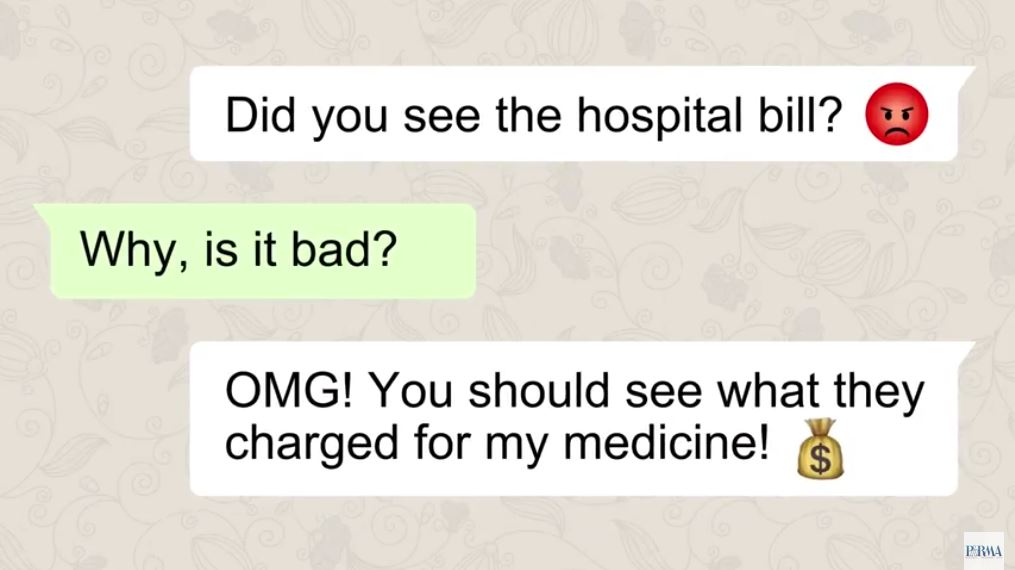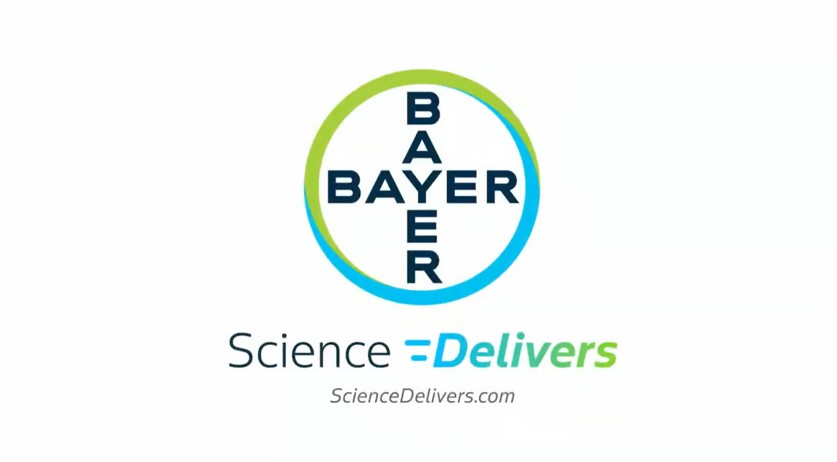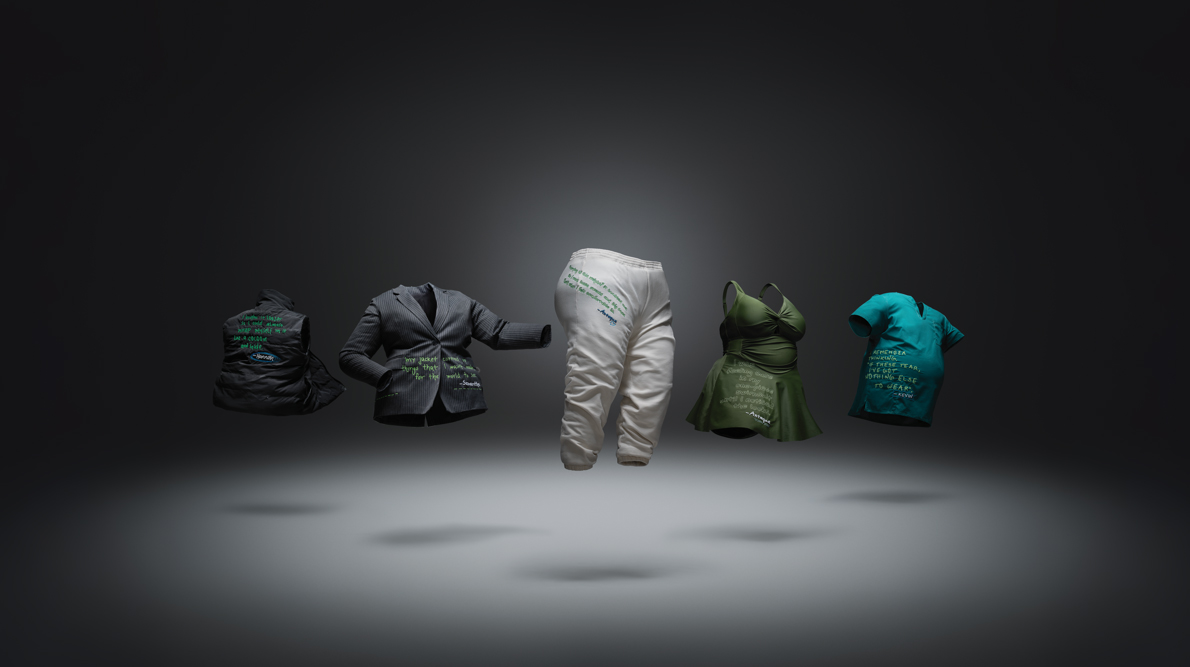First pharmacy benefit managers, now hospitals: pharmaceutical industry group Pharmaceutical Research and Manufacturers of America (PhRMA) is trying to deflect some of the blame for the rising cost of prescription drugs in the US. According to a report compiled by The Moran Company on behalf of PhRMA, over 80 percent of Medicare-certified hospitals charge patients and payors 200 percent more for medications than the facility pays to acquire the drug.
The study also found that hospitals charge an average 479 percent more for prescription drugs, with a small proportion of hospitals increasing the cost by 700 to 1,000 percent. A previous analysis conducted by The Moran Company which looked at the hospital price for 20 drugs showed similar results, with most institutions charging nearly 5 times more.
“Hospitals receive billions of dollars every year in negotiated and mandatory discounts from biopharmaceutical companies while simultaneously increasing the price of these medicines to insurers and patients,” said Stephen J. Ubl, president and chief executive officer of PhRMA. “In order to make medicines more affordable for patients, we must address the role hospital markups play in driving up medicine costs.”
Three of the largest for-profit hospital systems in the US – Community Health Systems, Hospital Corporation of America (HCA) and Tenet Healthcare – were not immediately available for comment.
By increasing the price of medicines, PhRMA maintains that hospitals can see higher reimbursements which leads to increased profitability. But this practise doesn’t only affect the big health insurance providers; in the case of uninsured patients, they’re left with an overinflated bill.
RELATED: PhRMA Says Drug Prices Would be Lower if Pharmacy Benefit Managers Were Paid Differently
In their release, PhRMA also singles out 340B hospitals which are able to purchase most medications at an average 50 percent discount. The organization says the hospitals that participate in the 340B drug pricing program are likely to charge higher markups for prescriptions to maximize revenue.
“Evidence has shown the 340B program and its perverse financial incentives are driving hospital acquisition of independent physician offices, especially in the oncology space,” Nicole S. Longo, Director of Public Affairs for PhRMA, told Xtalks. “This shift in site of care from community practices to more expensive hospital settings increases costs for patients and distorts the entire healthcare marketplace. One step policymakers should take is revising guidance regarding 340B eligibility for hospitals and their offsite outpatient facilities, as well as implementing new reporting requirements to determine whether patients are benefiting from these facilities’ participation in 340B.”
PhRMA is using the study to back-up their new ad campaign on hospital drug price hikes, as part of their ongoing “Let’s Talk About Cost” initiative. The focus on hospitals comes just two months after the trade organization highlighted how the way in which pharmacy benefit managers are paid contributes to higher prices for prescription drugs.
Data collected by the Centers for Medicare & Medicaid Services (CMS) in 2016 from nearly 3,800 hospitals across the US was used in the analysis. However, the analysts did make a few exclusions when compiling the report. For one, any hospitals located in Maryland were not included in the analysis because of the state’s unique payment system for medical centers which differs from other states.
Another key exclusion were facilities that had incomplete cost information and those who essentially discounted their medicines to the point that their cost-to-charge (CCR) ratio was greater than 10. This means the study only looked at hospitals that increased the price of drugs for patients and payors and those that charged the wholesale price of the medication without any markups.
For example, 94 hospitals in the study had a CCR that was greater or equal to one, indicating that they put no markups on drugs. Still, as the majority of hospitals were found to charge a premium for medicines, the report serves to reinforce PhRMA’s message that the pharmaceutical industry isn’t the only player in the drug pricing debate.












Join or login to leave a comment
JOIN LOGIN